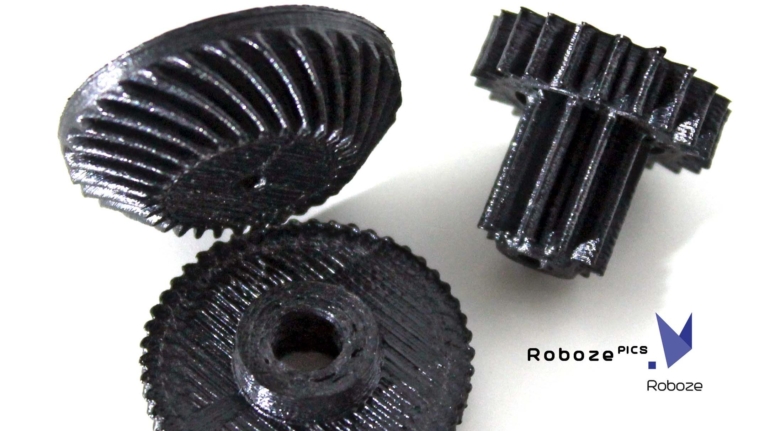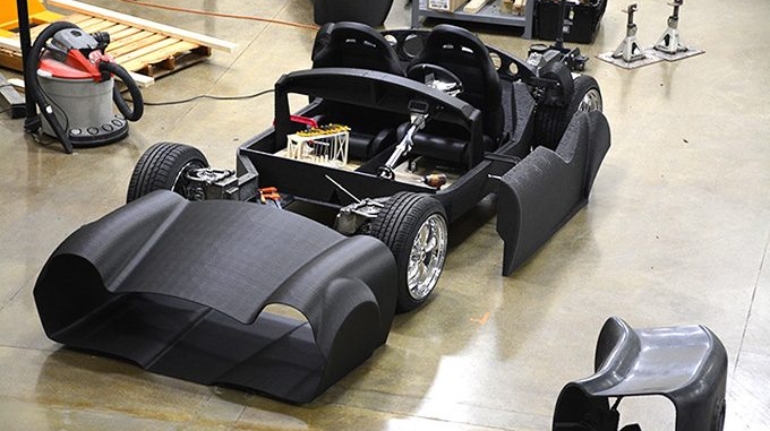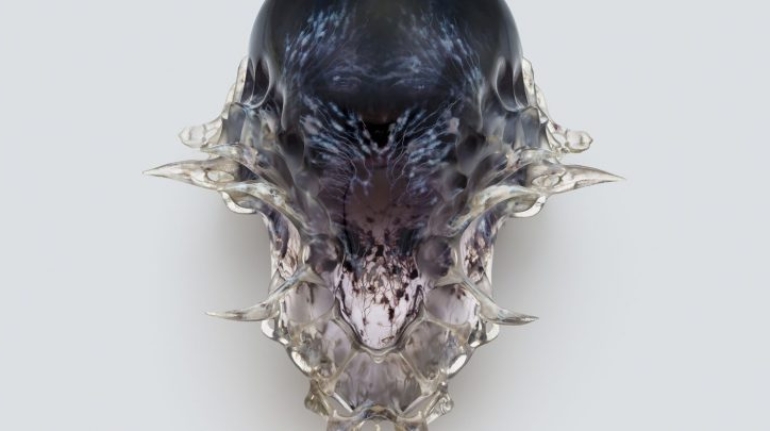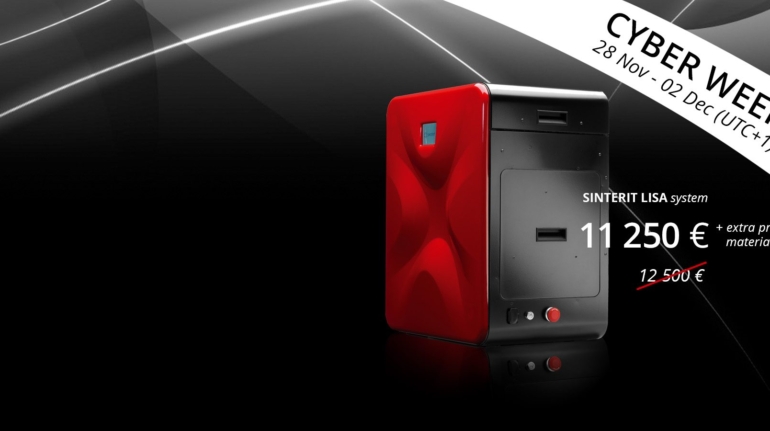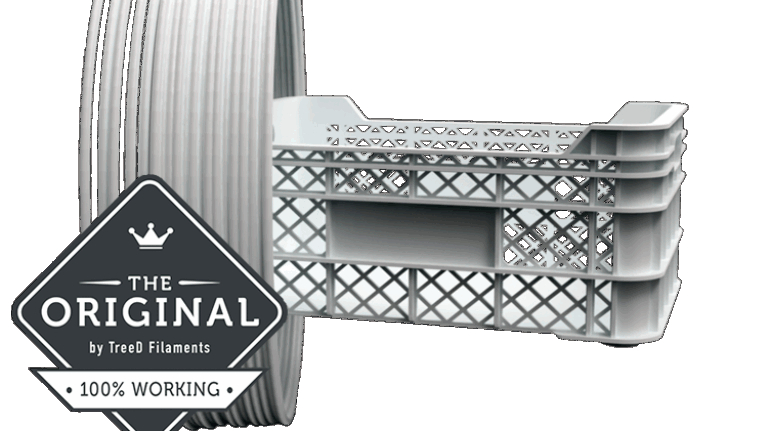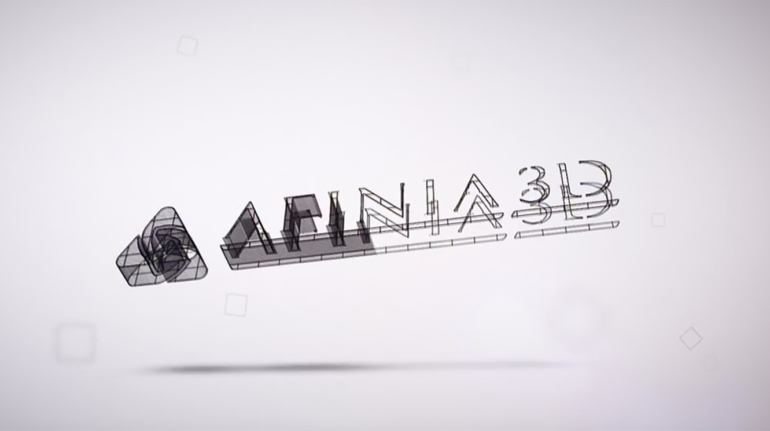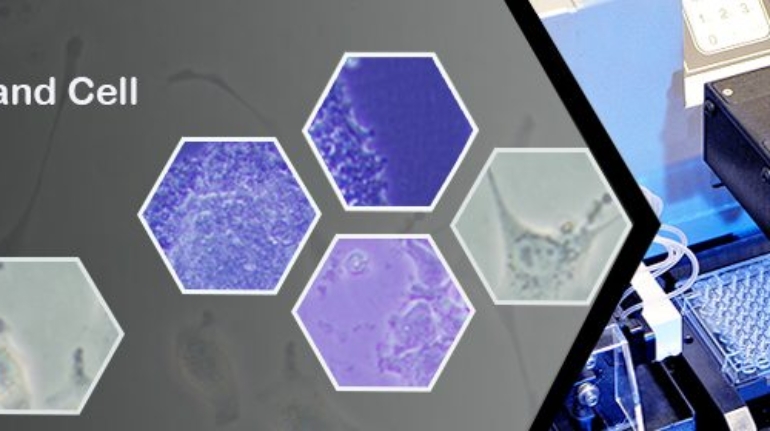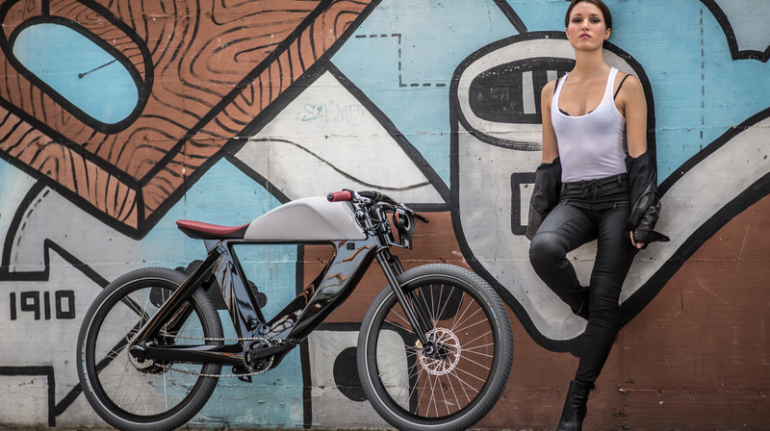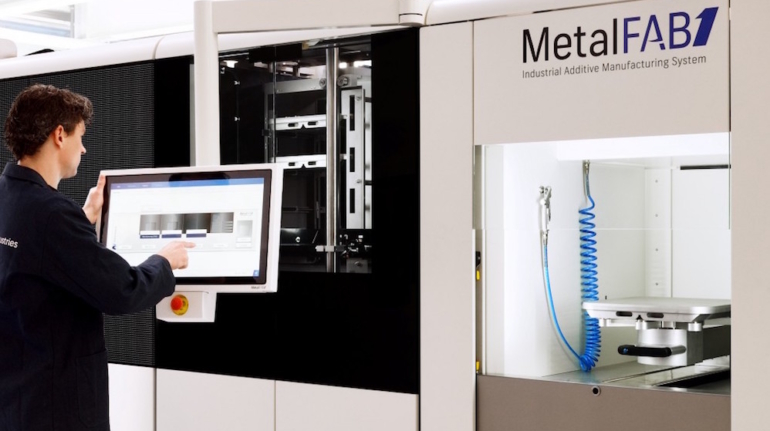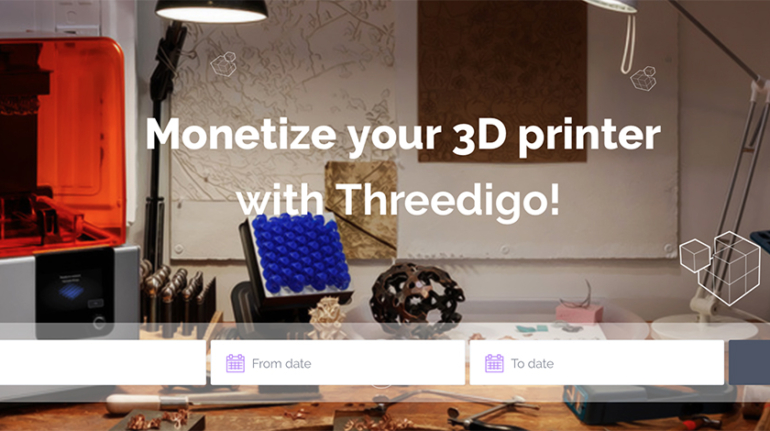Industrial 3D Printing Pioneer Roboze Looking for Professionals to Join US Team 3D Printer Hardware
Roboze looking to expand its business: the 3D printing solutions manufacturer for advanced techno-polymers is now hiring new managers to accelerate its global expansion, now targeting North America and the US market. The decision comes after the company consolidated its technological leadership during the course of 2016.

